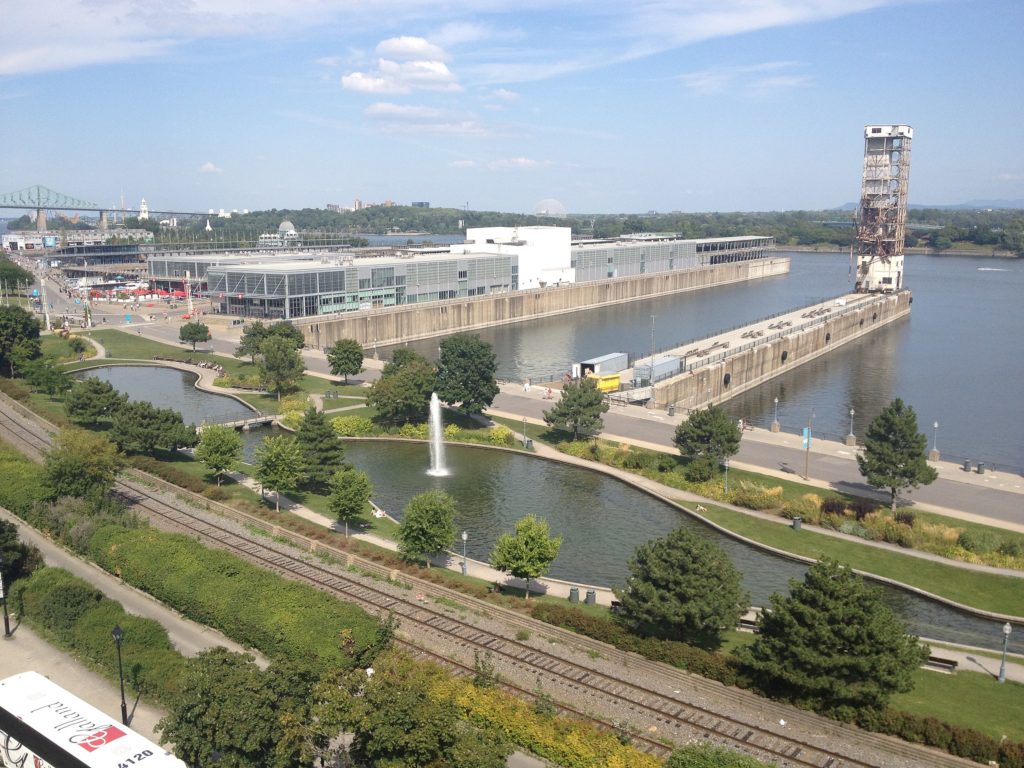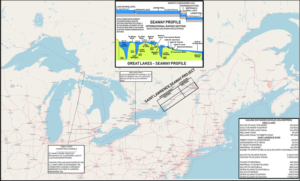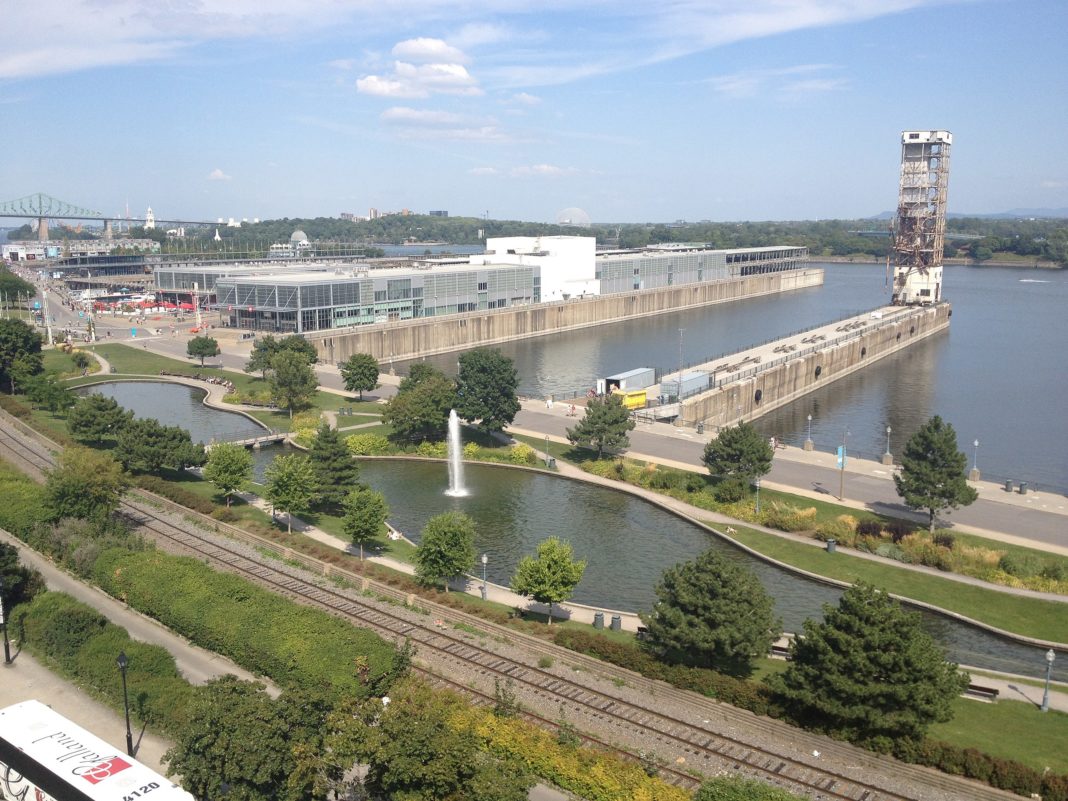The St. Lawrence Seaway (French: la Voie Maritime du Saint-Laurent) is a system of locks, canals, and channels in Canada and the United States that permits oceangoing vessels to travel from the Atlantic Ocean to the Great Lakes of North America, as far inland as Duluth, Minnesota, at the western end of Lake Superior.

The seaway is named for the St. Lawrence River, which flows from Lake Ontario to the Atlantic Ocean. Legally, the seaway extends from Montreal, Quebec, to Lake Erie, and includes the Welland Canal. Ships from the Atlantic Ocean are able to reach ports in all five of the Great Lakes.

The St Lawrence Seaway enables ships up to 222m long and 8m draught (some of which are of 26,400 tonnes) to sail 3769km from the North Atlantic up the St Lawrence estuary and across the Great Lakes to Duluth, Minnesota, USA.
The seaway is important for American and Canadian international trade. It handles 40–50 million annual tonnes of cargo. About 50% of this cargo carried travels to and from international ports in Europe, the Middle East, and Africa. The rest comprises coastal trade, or short sea shipping, between various American and Canadian ports.

Since 1997, international cruise liners have been known to transit the seaway. The Hapag-Lloyd Christopher Columbus carried 400 passengers to Duluth, Minnesota, that year. Since then, the number of annual seaway cruising passengers has increased to 14,000.
Every year, more than 2,000 recreational boats, of more than 20 ft and one ton, transit the seaway. Lockages are scheduled 12 hours a day between the hours of 07:00 and 19:00 from June 15 to September 15.
According to wikipedia















